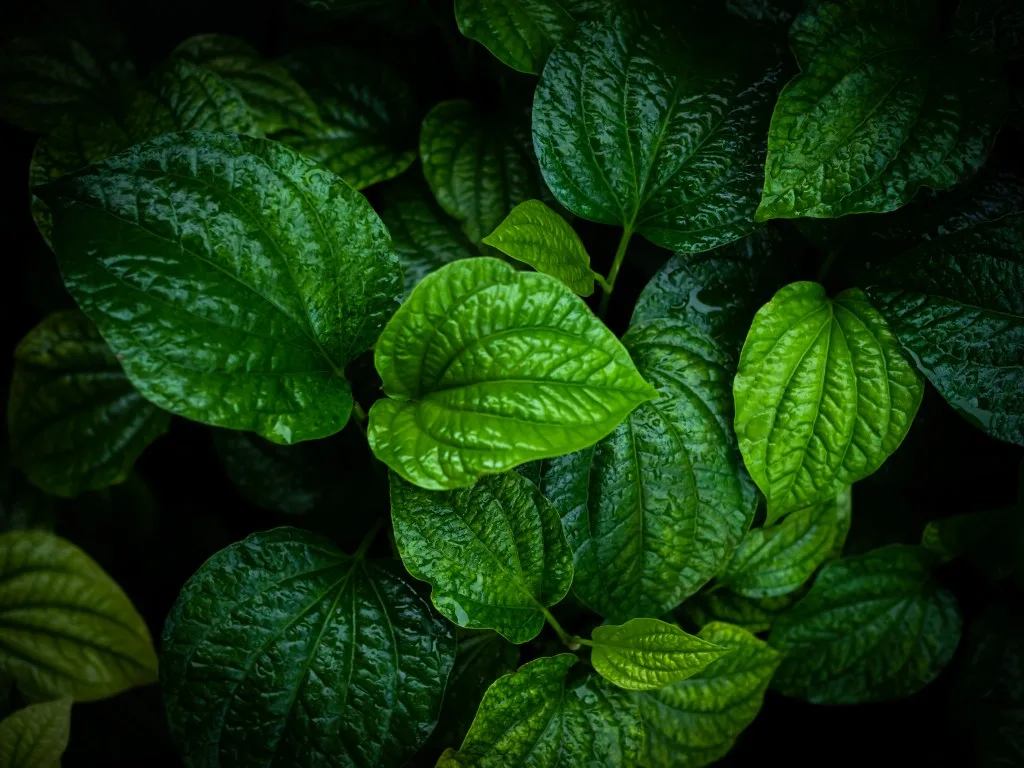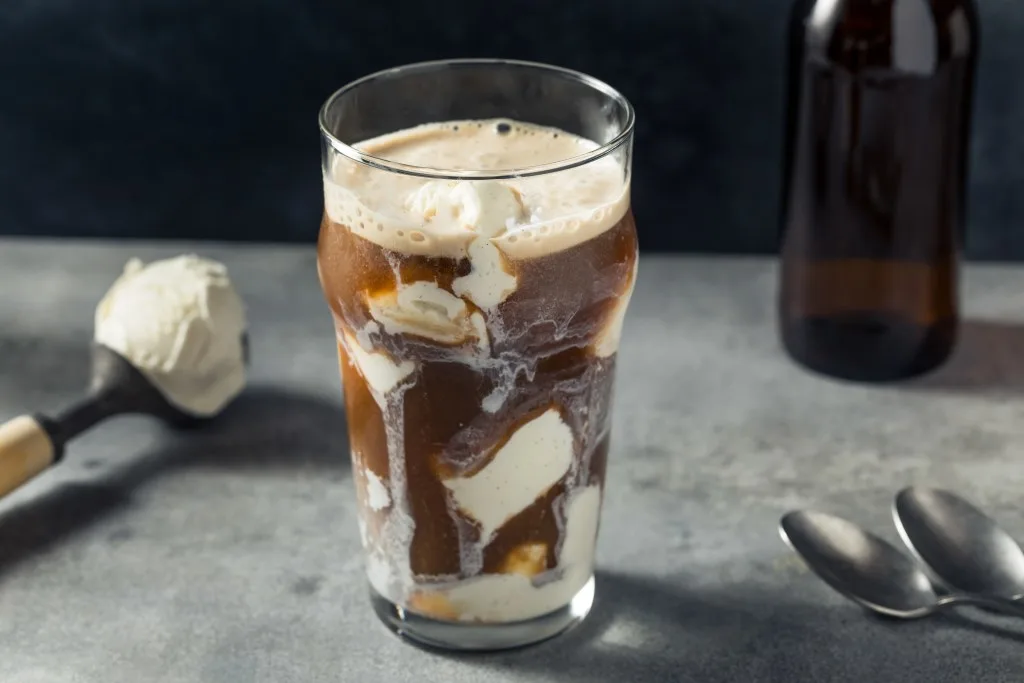A root beer plant sounds like a soda drinker’s dream come true. It would be great to end a hike by plucking an ice-cold 12-ounce can of sugary nectar off a plant.
But this sure sounds like a far-fetched idea or some alternate universe. Or is it?
We’re exploring the reality of a root beer plant and whether it has anything to do with the soft drink many of us enjoy.
Let’s get going!
Piper Auritum, the Root Beer Plant
Piper auritum, also known as the root beer plant, is real. Unfortunately, you won’t find cans dangling from it or its branches. However, if you’re a fan of Mexican food, there’s a good chance you’ve tasted a dish containing it.
The plant is a perennial herb that can grow up to 12 feet tall. Its heart-shaped leaves can grow to 12 inches and have a velvet-like texture. Eating the stringy, white fruit or its large leaves mimics the flavors of a mug of root beer.
Piper auritum goes by many names, including hoja santa, yerba santa, anisillo, Vera Cruz pepper, Mexican pepperleaf, and sacred pepper. It grows primarily in tropical regions of Latin America.
If you’d like to plant your own piper auritum, be aware that it can be invasive and take over a garden. A better option is to use a container to protect your garden and other plants. This can be helpful if you live in a cold climate too.
Pro Tip: Are you more of a Coca-Cola fan instead of root beer? If so, you’ll love this Rare 1970s Coca-Cola RV.

What Is a Root Beer Plant Good For?
The root beer plant is beneficial and often an ingredient for culinary and medicinal purposes. However, because the plant contains safrole, many sources cite it as being toxic. Some studies have shown that safrole can be carcinogenic, especially to animals.
Culinary Uses
Piper auritum is a very common ingredient in many Mexican dishes. It compliments garlic, chile peppers, lime, and cilantro very well without overpowering the other flavors. In addition, you’ll often find the plant used to season soups, wild meats, and stews.
In certain parts of Latin America, they use the leaves to season their tamales. Chefs will wrap the tamales in these leaves instead of using banana leaves or cornhusks. The leaves also make for a delicious salad.
Medicinal Uses
Because of its availability, the piper auritum also has medicinal uses. For example, consuming the leaves helps individuals with their digestion system. In addition, doctors often will give women medicines containing an infusion of the leaves to help during childbirth and stimulate a woman’s menstrual cycle.
The leaves are also commonly used in Yucatec Maya on wounds and in Colombia to treat snakebites. In El Salvador, juice from the leaves is the remedy for removing ticks, and Costa Ricans apply the leaves to their head to help get rid of headaches.
Due to its many different medicinal uses in Latin America, researchers are evaluating its effectiveness. Some other possibilities for the plant to be used include help with cancer, inflammation, ulcers, and diabetes.

Is the Root Beer Plant Dangerous?
The FDA banned safrole, a component of the root beer plant, in 1958 because of its carcinogenic effects. Research has shown increased levels of liver cancer in rats that were given high doses of the plant. On the other hand, there has been no evidence to show that the same results occur in humans.
The ban on safrole is controversial as other products, including nutmeg, contain safrole and haven’t received the same ban. Many believe the ban on safrole to be less about science and more a fearful reaction.
Considering there haven’t been many individuals in Latin America who have liver cancer, the root beer plant is likely not overly dangerous. However, whether the FDA is playing it safe or not, it’s important to know the potential dangers.
Is Root Beer Made From the Root Beer Plant?
No, the root beer plant isn’t an ingredient in the popular soft drink. However, carbonated beverage manufacturers previously used sassafras and sarsaparilla to flavor root beer and many other substances. Both contain safrole and do a tremendous job of bringing out the sweetness in other ingredients.
However, when the FDA cracked down in the late 1950s, manufacturers had to change their ingredients. As a result, modern root beer typically contains artificial sassafras or safrole-free sassafras.

How Do You Take Care of a Root Beer Plant?
If you live in a warmer climate, taking care of a root beer plant is relatively easy. All you need to do is find a spot that receives full sun to part shade and plant the seeds. Of course, you must feed and water it regularly, but you don’t have to babysit it too much. However, be aware that these plants can’t survive freezing temperatures.
In cooler climates, you can still grow a root beer plant. However, a container will be your best choice instead of planting it outside. This will allow you to move the plant for optimal sun exposure and to avoid freezing temperatures.
Pro Tip: Learn more about Where Does Vanilla Flavoring Come From?
A Plant With Many Uses
Now you can see that the root beer plant does exist. If you live in the right climate, you can grow your own and even have a garden full of it. The sweet fragrance from its leaves can help bring your garden to life.
Sadly, you won’t be able to pop the top on a can of root beer from one of these plants. But the research that scientists are doing for future uses could make this a popular plant.
We’ll Help You Find the Best Free Camping in the USA
You should give it a try!
As a matter of fact, these free campsites are yours to enjoy. Every time you pay federal taxes, you’re contributing to these lands.
Become a FREE CAMPING INSIDER and join the 100,000 campers who love to score the best site!
We’ll send you the 50 Best Free Campsites in the USA (one per state). Access the list by submitting your email below: